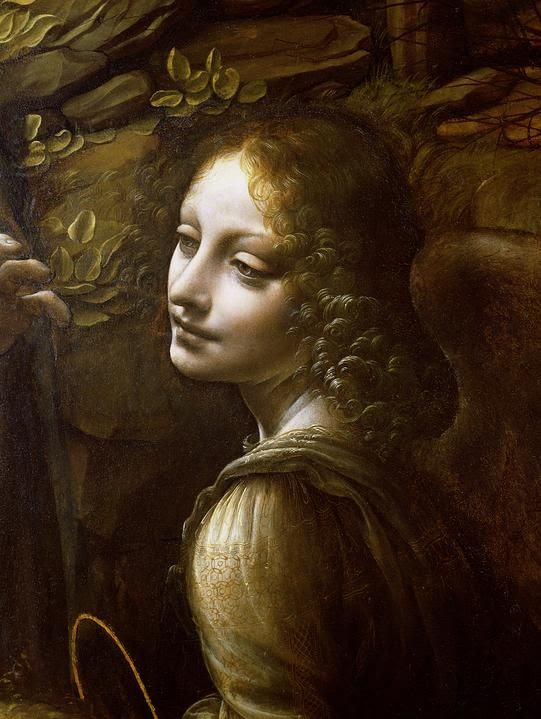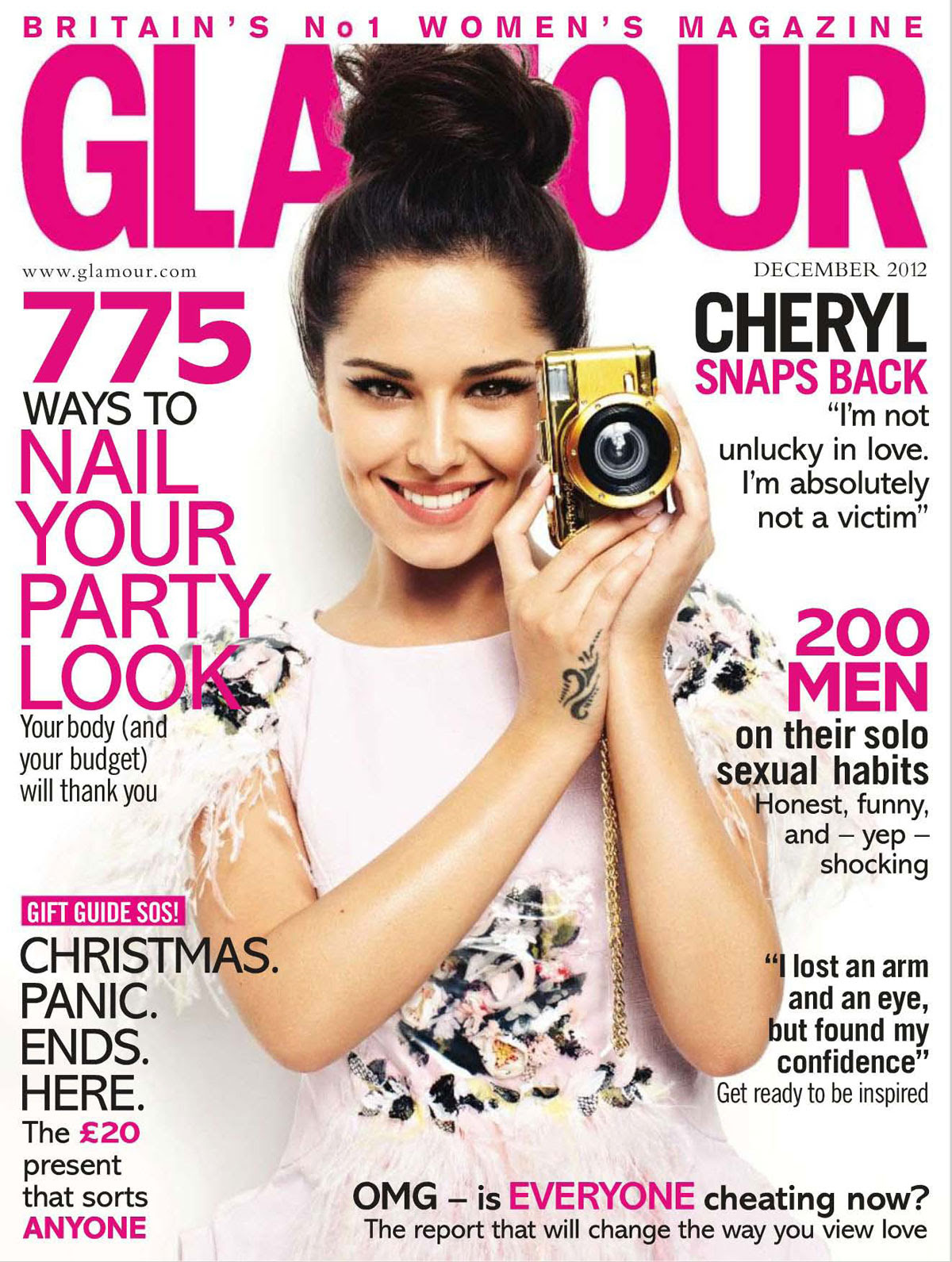So like attracted like, a winnowing process made easier by recognizable markers. Girls who had prepped from Bennington and Miss Porters, and who then had made their way to the foxhunt colleges of Virginia or the football universities of the Midwest were given wide berth to make way for the Abbot, Chaffee, Rosemary Hall girls who went to Radcliffe, Pembroke, and Wellesley.
The Vassar girls came in black tights and miniskirts, the Smith girls were clean-looking, and all the rest sorted themselves out by class, money, family, and position. Yet there was nothing the Yale boys were attracted to more than sexual allure – the obvious, deliberate, overt signs of sexual approachability.
It is no surprise that of all the Hollywood beauties who have appeared on screen since the beginning of film, Marilyn Monroe has had the most interest. She was not classically beautiful, but had an unmatchable sensuousness and sensuality. She had allure, an immediate, unmistakable and undeniable sexual appeal. She – and Brigitte Bardot before her – embodied sexual desire. Men were drawn to her not to admire her beauty but to make love to her.
Popular screen actresses today like Scarlett Johansson are Marilyn clones.

In Woody Allen’s Match Point, the Scarlett Johansson character says to a man complimenting her on her beauty, “What I am is sexy”.
“Do you know the effect you have on men?”, he asks.
She demurs, but the point is clear.
The point is that while men consider family, breeding, education, intelligence, and social ability when choosing a mate, they are far more susceptible to and attracted by physical allure and beauty. The false eyelashes, blush, eye shadow, lipstick, and perfume are the facilitators of sexual liaison and prima facie evidence for marriage.
Feminism has sought to disparage these ‘hyper-cultural deceptors’; but to no avail. Both women’s and men’s magazines have featured the physically alluring sexual female. Women may have reevaluated themselves in terms of inner vs outer worth and concluded that external beauty is no more than a chimera, a false front, a meaningless image; but there is no sign of abatement. Beauty and sexual allure still sell, and women still sell themselves on looks. A look at the covers of GQ and Cosmo and one can only conclude that the same traits of beauty, sexual allure, and attractiveness which have been obvious and prevalent for centuries still prevail.
Tuba Büyüküstün is a Turkish actress of remarkable beauty well-known for her work on the television series, Kara Para Aşk. Despite the claim to the contrary, beauty is not in the eye of the beholder, and even those who may prefer a woman of less classic, dark looks and more sensuously alluring (Marilyn Monroe), will agree that Büyüküstün is beautiful. Her type of beauty, with predictable cultural variations over time, is reflective of those characteristics which have always made women attractive. Symmetrical features, luminescent eyes, full lips, and luxuriant hair all express health, wealth, and well-being as well as being pleasing to a natural sense of geometrical order (the golden mean is universally appealing), and sexual appeal. There is little difference between the women painted by Leonardo and Tuba Büyüküstün.

Asian women are no different and film and television actresses have the same classic beauty as their European counterparts.


While internationalization must be factored in – an appeal to the mean rather than respect for more insular, traditional cultural beauty - the same rules apply.
Since most women are not beautiful, sayings like ‘Beauty Is As Beauty Does’ or ‘Beauty Is Only Skin Deep’ reflect a cultural compromise. It is within that one should look for beauty; for the intelligence, compassion, consideration, talent, warmth, humor, and energy that are far more important than superficial looks.
Feminism was particularly significant because it attempted to redefine beauty and change perspective from a purely male one to a female one. What men thought of women was irrelevant, said feminists. Every woman’s ‘beauty’ was relative to her and her alone; and that female value and worth had nothing whatsoever to do with looks or appearance.
This new perspective was indeed radical because it challenged the notion of essential beauty and challenged men’s authority at the same time. It was appealing to women not only because it gave them new authority, esteem, and privilege but because it marginalized the idea of physical beauty.
Or so feminists thought. Women today might be more self-aware, confident, ambitious, and powerful than ever before; but classic beauty has not lost either its appeal or place in popular culture.
Women’s magazines all promote the same classical beauty of days and eras past, and the message is clear – this is what you are supposed to look like. The influence of multiculturalism is evident, but the principle features of feminine beauty remain the same.

More importantly this universal standard of beauty suggests the obvious but often denied fact that women dress for men. Despite the revolutionary changes in the roles, responsibilities, and status of women, they still understand that physical beauty classically defined, is helpful if not necessary for attracting mates. The more beautiful the woman, the greater likelihood that she will attract an equally attractive man who, like them, is likely to be healthy, wealthy, and successful.
Study after study have shown that beauty has benefits far beyond the bedroom. Attractive women and men are given preference in hiring. While supervisors may not admit it, a candidate with all the professional qualifications plus beauty, is more likely to get the job. Professor Shahani-Denning of Hofstra University has compiled the most important research on the subject.
The bias in favor of physically attractive people is robust, with attractive people being perceived as more sociable, happier and more successful than unattractive people (Dion, Berscheid & Walster, 1972; Eagly, Ashmore, Makhijani & Longo, 1991; Hatfield & Sprecher, 1986; Watkins & Johnston, 2000). Attractiveness biases have been demonstrated in such different areas as teacher judgments of students (Clifford & Walster, 1973), voter preferences for political candidates (Efran & Patterson, 1974) and jury judgments in simulated trials (Efran, 1974).
Recently, Smith, McIntosh and Bazzini (1999) investigated the “beauty is goodness” stereotype in U.S. films and found that attractive characters were portrayed more favorably than unattractive characters on multiple dimensions across a random sample drawn from five decades of top grossing films. The authors also found that participants watching a biased film (level of beauty and gender stereotyping) subsequently showed greater favoritism toward an attractive graduate school candidate than participants watching a less biased film. In the area of employment decision making, attractiveness also influences interviewers’ judgments of job applicants (Watkins & Johnston, 2000).Men of course are no strangers to fashion, looking good, and bella figura. Italian men have long since set the standard for classy presentation. While the Anglos watching The Godfather might have condemned the Mafia’s innate code of violence, their treatment of women and the authoritarian family structure, they were never critical of style – tailored suits, silk ties, Italian shoes, handmade shirts, and long overcoats. The point was not that fashion made the man, but that fashion mirrored the man. The macho, male, dominant men of La Cosa Nostra were attractive not because of their dress but because their dress and their personas were matched.
The point is, feminism aside, women dress for men in the most alluring, seductive, attractive way possible. The search for an ideal mate may have become more competitive, and intelligence, intellect, wit, and creativity added to the mix; but but such additions have not altered the calculus. As long as male-female polarity exists, there will always be a physical, sexual jousting. The good looking – symmetrical, athletic, reproductive, handsome and beautiful – will always best the unattractive.



No comments:
Post a Comment
Note: Only a member of this blog may post a comment.